Security
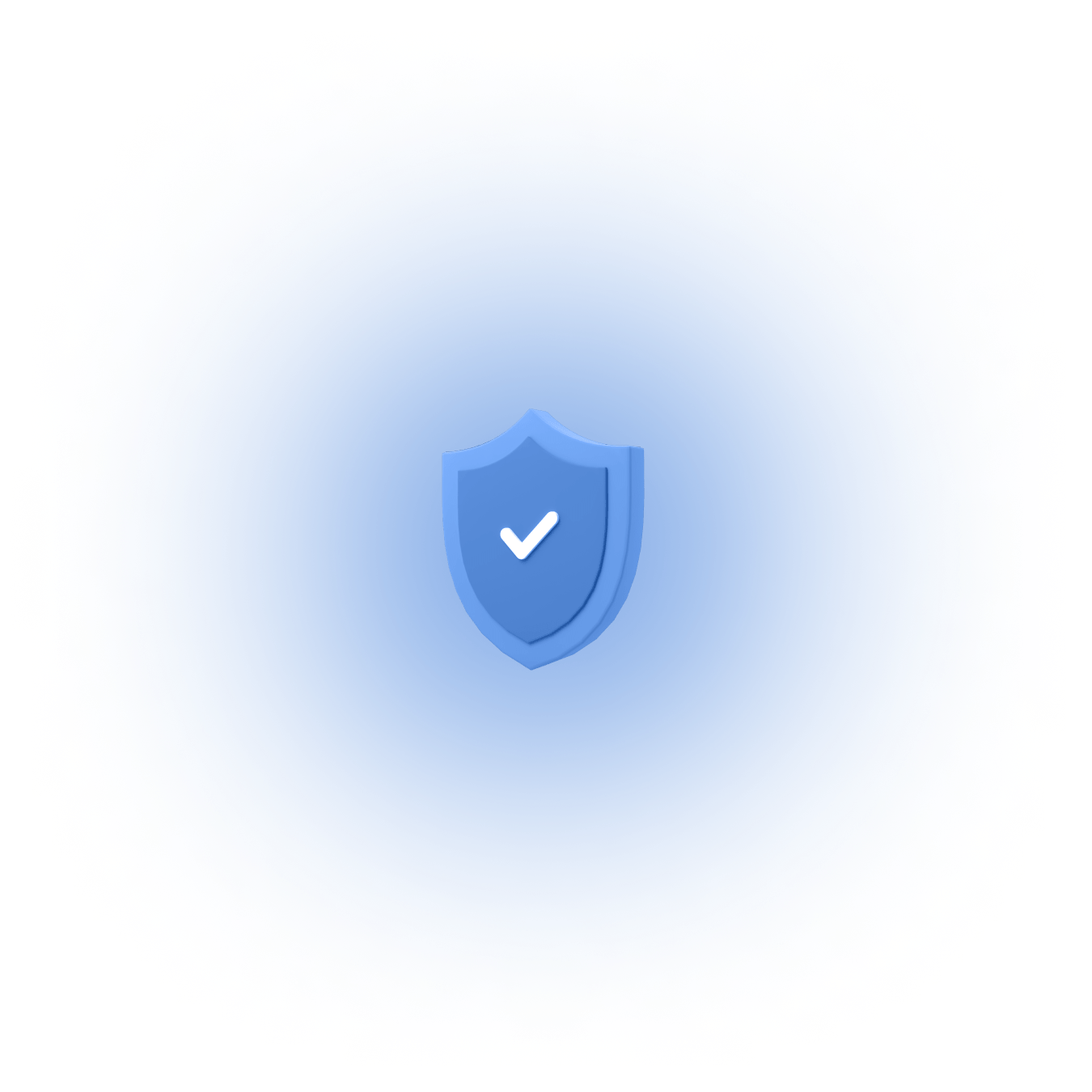
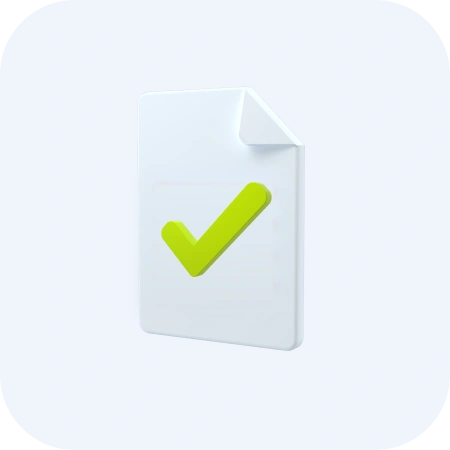
Service providers
The operator of the service is Meest Transfer Sp. z o.o., located at: Al. XI Wieków Kielc 6/22; 25-516 Kielce, with the record the Register of Enterprises under the number KRS 0000326242, NIP PL 9562248359.
The service of money transfer from card to card is performed by the partner Fenige Sp. z o.o., located at: ul. Promiennej 10, 03-672 Warszawa, registered by the District Court of the capital of Warsaw, KRS 0000461471, NIP 118-209-20-36, REGON 146693435, and holds a license from the Polish Financial Supervisory Authority (KNF) in the field of payment services and is an accredited acquirer of Visa and Mastercard.
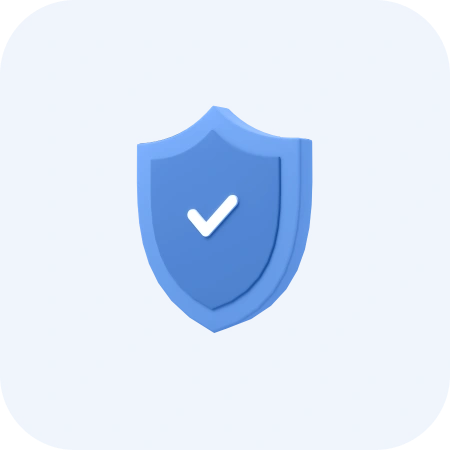
Data protection
The processing and protection of your personal data is in accordance with the rules and procedures defined by Regulation (EU) No 2016/679 of the European Parliament and of the Council of 27 April 2016 (General Data Protection Regulation - GDPR).
The transfer of confidential information takes place using a cryptographic protocol that ensures the confidentiality of data exchange between the client and the server through SSL128 bit encryption (thawte SSL certificate). The entire process is encrypted, from the moment you log in to your account until you log out (end-to-end data protection method).
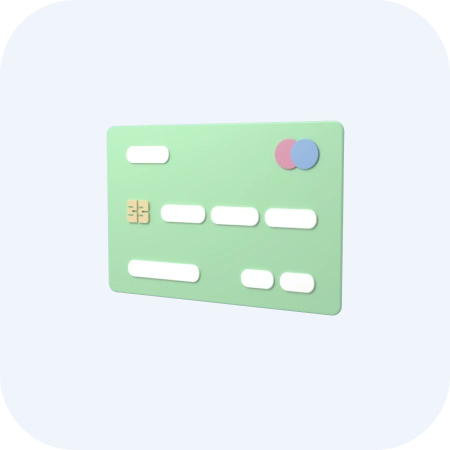
Payment cards
To make a transfer, the user must add one or more of his payment cards in the personal account of the service, indicating the number and expiration date. The data will be stored by the payment partner in compliance with the highest PCI DSS security standards, capturing only the first 6 and last 4 digits of the card number. Each transfer will need to be confirmed with a CVV or CVC code that is never saved by the system. Making a transfer always requires additional verification of the payment according to the 3D Secure protocol of the card issuer bank, which guarantees absolutely safe and reliable access to your card account.
Protection system
In order to ensure the highest level of protection for your online payments, we have implemented procedures and mechanisms that help to avoid possible risks and guarantee the security of money transfers. we have implemented procedures and mechanisms that help to avoid possible risks and guarantee the security of money transfers.

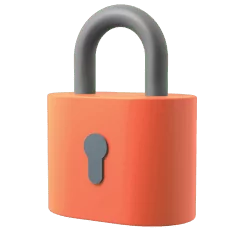
In order to ensure the highest level of protection for your online payments, we have implemented procedures and mechanisms that help to avoid possible risks and guarantee the security of money transfers. we have implemented procedures and mechanisms that help to avoid possible risks and guarantee the security of money transfers.
Basic security principles of our online payment system:
1
The MeestPay online transfer service is not a bank or e-wallet, and does not hold or store customer's money. The transfer of funds is carried out directly from the sender to the recipient, which guarantees instant execution and complete security of each transaction.
2
Service providers do not participate in debiting and crediting funds to payment cards and do not have access to clients' accounts. Settlements for transactions initiated by the clients of the service are made directly between the sender's bank and the recipient's bank and are made by Visa or Mastercard payment organizations.
3
Encrypted payment card information and transfer details are shared with the licensed payment service provider, who processes the data and initiates the transfer.
4
Encrypted payment card information and transfer details are shared with the licensed payment service provider, who processes the data and initiates the transfer.
Account Usage Precautions
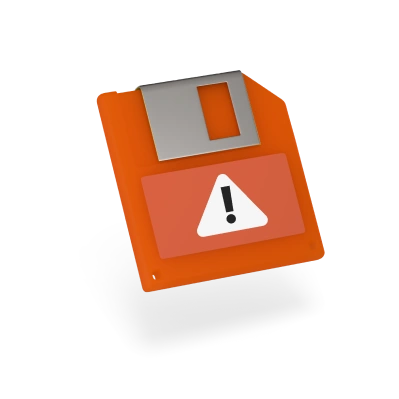
Prevent theft of personal data
"Personal data theft" is the unauthorized access to your account. Fraudsters are interested in: name and surname, address, identification number and bank card number. Using this personal data, online scammers can, for example, use it to make an online purchase.
The MeestPay money transfer system always stores data in a secure format, hiding the full card number, and does not save the CVV / CVC code, which makes impossible to make a transfer without cardholder. Remember that disclosure or transfer of access to your account to third parties always leads to compromise of confidential information. If you are sure that your account has become available to other persons, please contact us for prompt assistance.
How can personal data be protected?
1
Take care of the confidentiality of personal data – do not indicate them in publications on the Internet and do not disclose them in everyday life.
2
Never reply to messages that come to your email box with a request to provide personal data, for example:
- name and surname;
- place and date of birth;
- your ID number;
- numbers of your bank cards;
- one-time access codes provided by the system/bank when making payments;
- login information: username and password.
3
Always check the address in the address bar to make sure you’re on the right site.
4
Visit only trusted websites that provide an encrypted connection and have a security certificate (most often recognizable by a green link in the address bar of an Internet browser or a secure connection lock to the left of the web address). Even if you see this icon, please consider submitting personal information.
5
Before closing your web browser, be sure to log out from your account or from our service, and in case of doubt about the confidentiality of access, change your login password immediately!
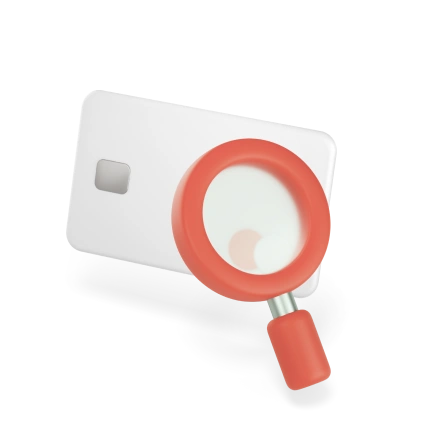
Beware of Phishing
Phishing is a type of fraud, the purpose of which is to extort from gullible or scattered users of the internet the personal data of customers (logins and passwords, bank card numbers, other information). Fraudsters try to force users to reveal confidential data on their own, for example, by sending emails under the guise of requests from sites that completely copy the design of well-known resources. Remember that the MeestPay money transfer system in email correspondence never asks:
- indicate or confirm the numbers of bank cards;
- specify or confirm a password;
- specify or confirm the user's login.
Email from the MeestPay money transfer system never contains the software or files for its installation, which is contained in the attachment to the email. Sending transfers is carried out only using the user profile of the MeestPay service, and can never be initiated from other web-sites!
How can I recognize an email or web page that is intended for phishing?
1
Messages that trick you into providing sensitive information
If you have received an email with detailed instructions on what to do with your account in our MeestPay system, in no case do not follow the indicated links that require further entry of confidential or personal data - all changes are made only from the user profile on the https://app service. meestpay.com/
Usually in the email, the scammers inform you that something has happened to your account, for example, your account has been deactivated or that you have won and received a prize. They will ask you to sign in to complete the issue - do not sign in or follow any links, even though these sign in pages may look very similar to the real one.
If you receive an e-mail with attached file to it (in the form of invoices, statements, or other similar documents) in a format other than PDF, do not open this attachment and forward this e-mail message to [email protected]
2
Fake web page
Most often, in such cases, scammers resort to copying the web page, reproducing it as close as possible to the original, so that after entering the prepared deceptive page, the user does not recognize any changes and enters his personal data there.
You need to pay attention to the web address www of the page that is visible in the browser window and check other sections and bookmarks on this page to make sure that the information placed there corresponds to the contents of the bookmark name and works smoothly. You can also look for spelling errors in informational announcements on the page, or an atypical (or altered) look for the login window.




